Synthetic Monitoring vs Real User Monitoring: Which Ensures Better Uptime?
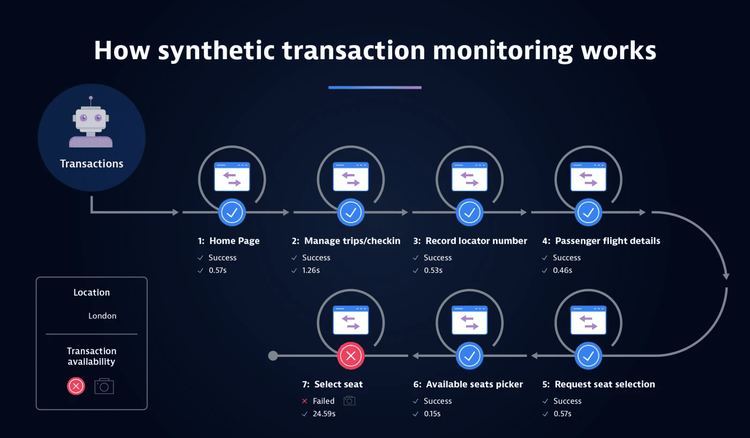
1. Introduction
Modern infrastructure isn't getting any simpler. With microservices, cloud platforms, and countless integrations, keeping systems running smoothly is a real challenge. One glitch and your whole service could go down.
But here's the thing - there's no single way to watch everything. Different monitoring approaches catch different issues. Let's see how synthetic monitoring and RUM work together to keep your systems reliable.
2. Understanding Synthetic Monitoring: Its Effect on Uptime
What is Synthetic Monitoring?
Think of synthetic monitoring as your 24/7 automated tester. It runs predefined scripts that check your systems for:
- Web availability
- SSL certificate status
- API responsiveness
- Transaction paths
- Critical user flows
How it works
Browser-based monitoring is the simplest way to start - it uses actual web browsers to check your site. You can record user flows through point-and-click interfaces, and the system replays these checks regularly. It's perfect for basic website monitoring and doesn't require coding skills. For more advanced needs, script-based monitoring gives you more control. You can write custom scripts in Python or JavaScript to run detailed tests of your APIs, services, and complex user journeys. This approach takes more technical skill but offers more flexibility.
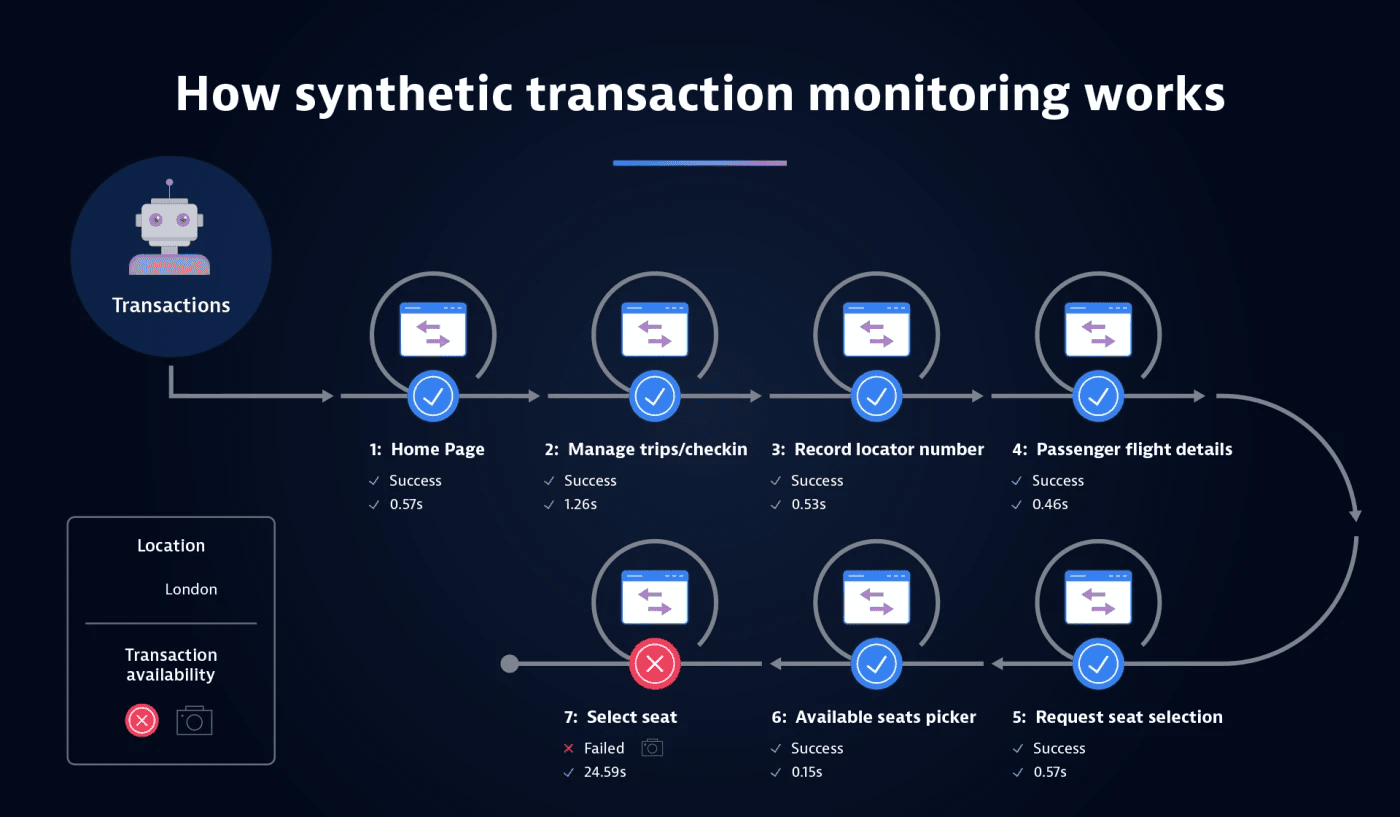
Synthetic monitoring is an application performance monitoring practice that emulates the paths users might take when engaging with an application.
Here's how synthetic monitoring checks a typical e-commerce site:
- Basic Availability Check
- Load homepage
- Verify SSL certificate
- Check main content loads
- Critical Path Test
- Test login flow
- Run product search
- Try checkout process
- Backend Validation
- Check API responses
- Verify payment system
- Test notification flows
These tests run automatically at regular intervals, alerting you before users find problems.
Advantages & disadvantages on ensuring Uptime
Let's talk about what synthetic monitoring does well, and where it falls short.
Advantages:
- Spots issues before users do - you get alerts when key functions fail
- Gives steady, reliable metrics - same tests, same conditions, every time
- Monitors even when traffic's low - perfect for off-hours checking
- Makes SLA reporting easy - because you've got consistent data
But there are trade-offs:
- Only tests what you set up - can't catch unexpected issues
- Misses real-world conditions - like slow mobile networks or browser quirks
- Can't spot user patterns - you might miss how people actually use your system
- Takes time to maintain - scripts need updating as your system changes
In short: Synthetic monitoring is your proactive guardian, catching potential issues before they impact users. But remember - it only tests what you tell it to test.
3. Understanding Real User Monitoring: Its Impact on Uptime
What is Real User Monitoring?
RUM watches how actual users interact with your system. It's like having a performance monitor for every user session, tracking key metrics like:
- Page load speed
- Response times
- Error rates
- TTFB (Time to First Byte)
- Geographic performance
Text: RUM monitoring steps
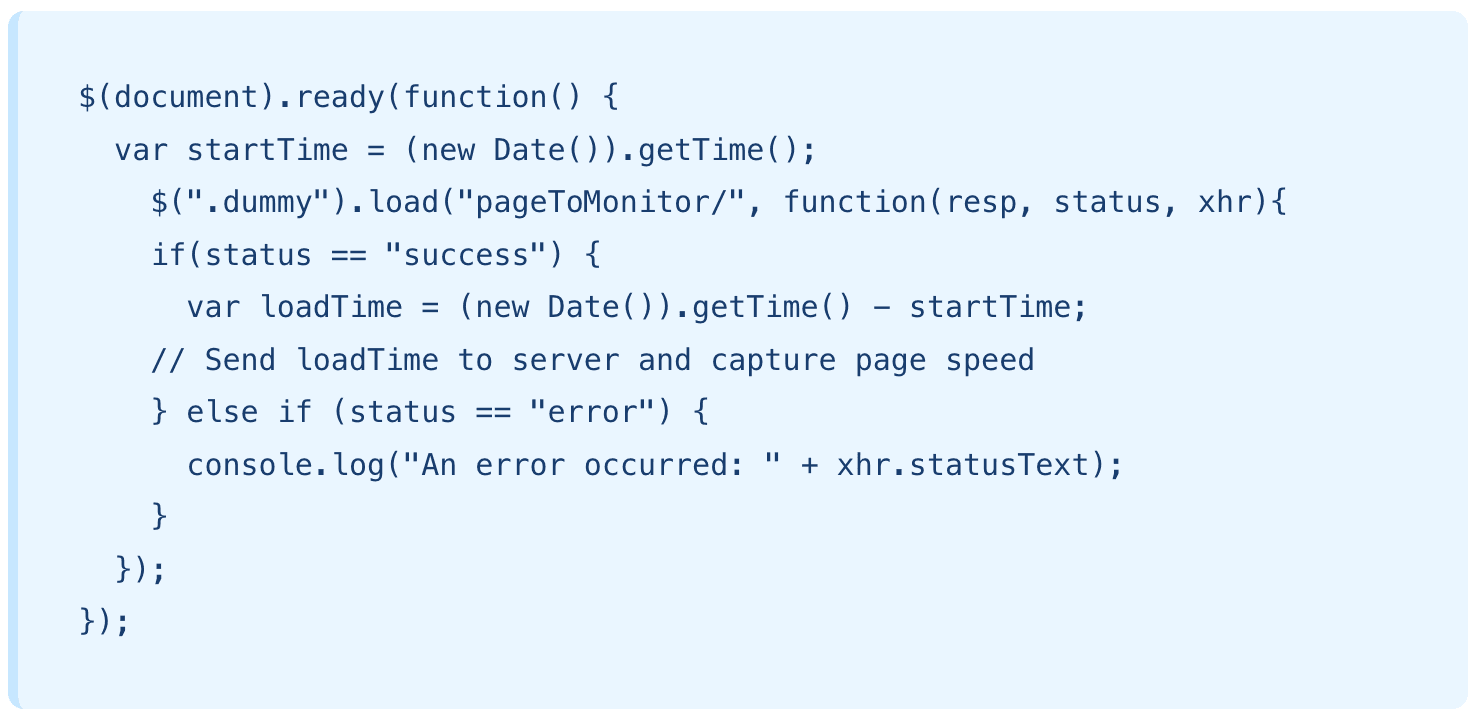
How it works
Most websites use a JavaScript snippet for RUM - just add a small piece of code to your pages and it starts collecting user data automatically. It's simple to set up and has minimal impact on page performance. For more complex applications, you might use backend instrumentation. This means building monitoring right into your application code. It takes more work to set up but gives you deeper insights into how your services perform.
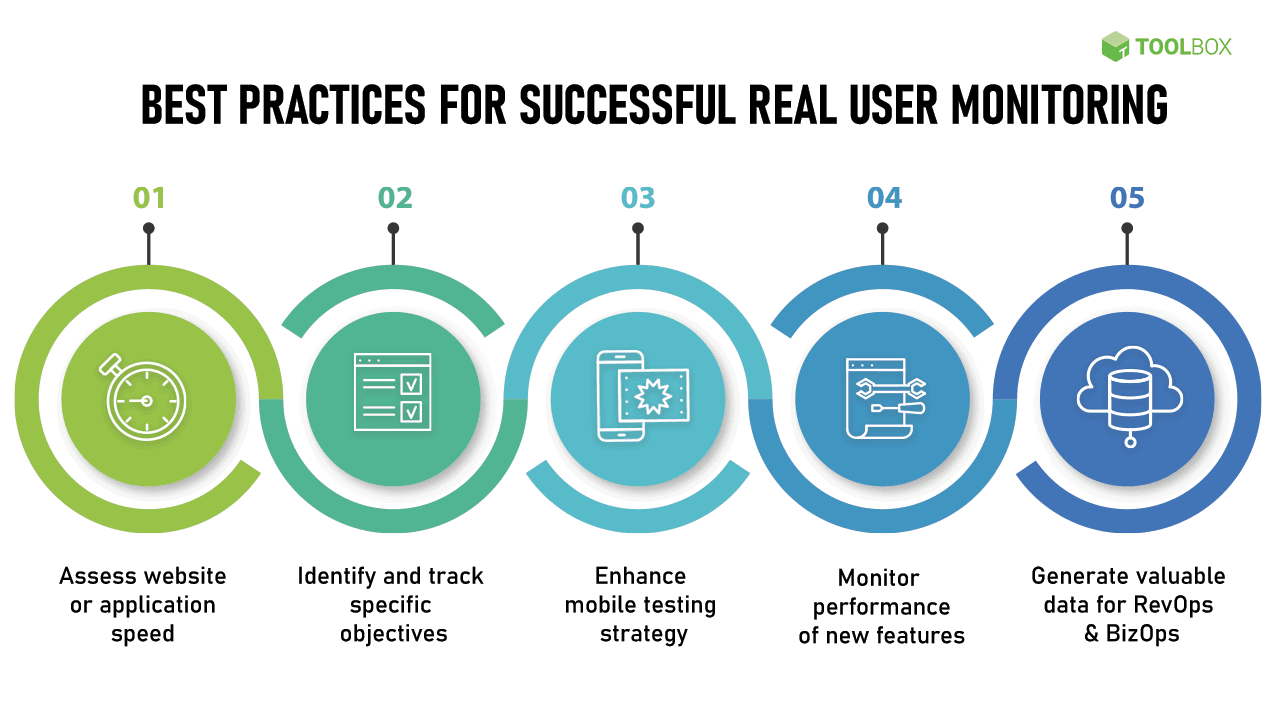
Here's how RUM tracks a typical e-commerce user session:
- User Interaction Tracking
- Page load performance
- Navigation timing
- Click response times
- Experience Monitoring
- Shopping cart actions
- Checkout flow timing
- Error encounters
- Data Collection
- Geographic location
- Network conditions
- Browser/device info
RUM captures these metrics from every real user interaction, giving you actual performance data in different conditions.
Advantages & disadvantages on ensuring Uptime
Here's what RUM does well:
Advantages:
- Shows real performance data - you see exactly what users experience
- Catches actual problems - not just the ones you thought to test for
- Maps geographic issues - spots problems in specific regions
- Reveals usage patterns - shows how people really use your system
But here's the catch:
- Only works with active users - quiet times mean no data
- Can't prevent issues - you find out after users hit problems
- Gets complex fast - lots of data from different conditions
- Needs filtering - not all issues need immediate attention
Bottom line: RUM gives you the ground truth of how users actually experience your system. It's powerful but reactive - you'll only know about issues after users encounter them.
4. Conclusion
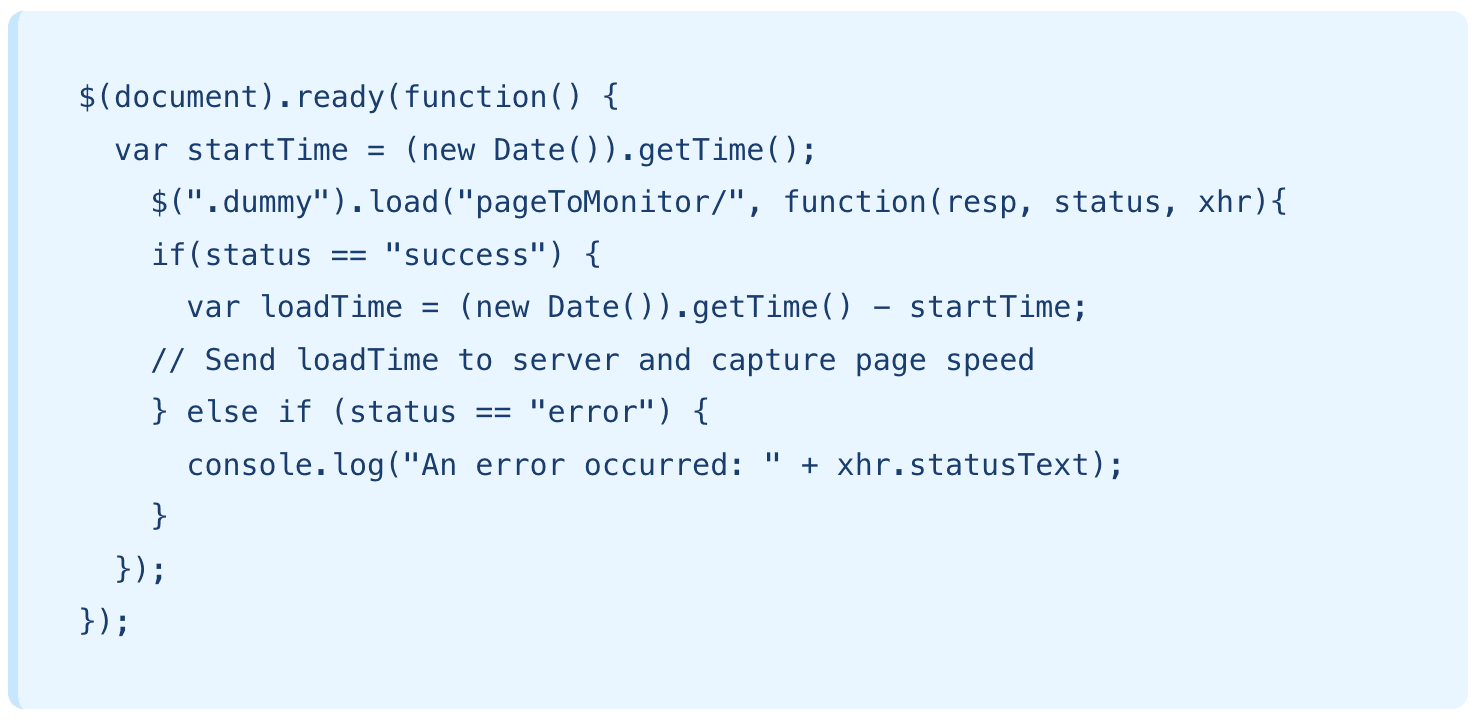
Neither synthetic nor RUM is perfect on its own!
Synthetic monitoring can't catch real-world edge cases. It's limited to predefined scenarios and might miss user-specific issues. You're essentially testing what you think might go wrong, not what actually goes wrong.
RUM has its own blind spots too. It needs active traffic to work, can't predict problems before they happen, and sometimes drowns you in data. By the time RUM catches an issue, your users have already felt the impact.
These limitations actually show us why we need both:
- Synthetic monitoring catches issues before users do
- RUM validates that your fixes actually worked
- Synthetic gives you consistent baselines
- RUM shows you real-world impact
- Together, they fill each other's gaps
Think of it like this: synthetic monitoring is your safety net, while RUM is your reality check. Use them together.
Start with solid uptime monitoring (this is where Bubobot helps you track your service availability, SSL certificates, and critical endpoints). Then add synthetic monitoring for proactive testing, and RUM for real-world validation.
Looking ahead, monitoring tools are getting smarter with AI and automation. But one thing won't change: you need both synthetic and real user monitoring working together for true reliability.